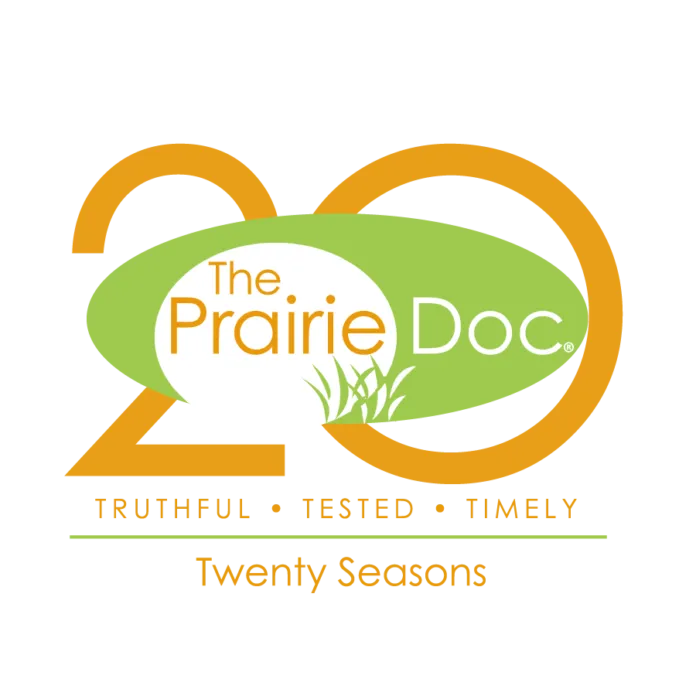How much blood flows through your joints? Would you be surprised if I told you “None”?
That’s right! Inside the joint there is a clear, viscous, slippery fluid that lubricates the joint surface, but no red blood flows inside the joint. Doctors do not want to see blood in a joint. When there is blood inside a joint it is usually because of trauma. That means tissue has been injured and blood vessels have been broken, bleeding into the clear cavity.
“How,” you may ask, “can a joint get oxygen and nutrition if there is no blood in the joint?”
Articular (joint) cartilage has no direct blood supply. There is plenty of blood flowing “around” a joint, bringing oxygen, glucose, vitamins and minerals to the area and clearing out waste products, but these must diffuse through tissue membranes to get in to and out of the joint space. The cartilage receives its nutrition and oxygen from the clear joint fluid. When the joint is “loaded” with pressure, some fluid is squeezed out of the cartilage, and when the pressure is released, fluid flows back in carrying oxygen and nutrients with it.
The interesting thing is that this diffusion goes very slowly if that joint is not moving and pumping on tissue. This is why exercise is so crucial to joint health, just like it is crucial to all tissue health. It becomes even more so when that joint is injured. There must be good circulation and activity to absorb old, clotted blood inside an injured joint, “draining” the waste products and replacing them with the clear lubricating fluid. Additionally, damaged tissue heals but leaves scar tissue behind. If that scar tissue is not stretched and exercised, that joint will never regain its mobility.
Likewise, an injured or arthritic joint may hurt when you exercise, but without exercise it cannot maintain its internal health. As scar tissue forms from the arthritic damage to the cartilage, the joint moves less freely, like a rusty hinge. But exercise “oils” the joint, so to speak, creating lubrication while maintaining range of motion. This is not unlike that old car behind the barn that has not been driven for decades. It will have an engine that is frozen with rust, yet the antique Model A that your friend drives every Sunday still purrs along because it has been used – moved, maintained, and lubricated. Your joints need the same.
Kenneth A. Bartholomew, M.D. is a contributing Prairie Doc® columnist. He lives in Fort Pierre, South Dakota and serves on the Healing Words Foundation Board of Directors, a 501c3 which provides funding for Prairie Doc® programs. He specializes in family medicine with more than 40 years of experience. Follow The Prairie Doc® at www.prairiedoc.org and on Facebook featuring On Call with the Prairie Doc® a medical Q&A show streaming live on Facebook most Thursdays at 7 p.m. central.




